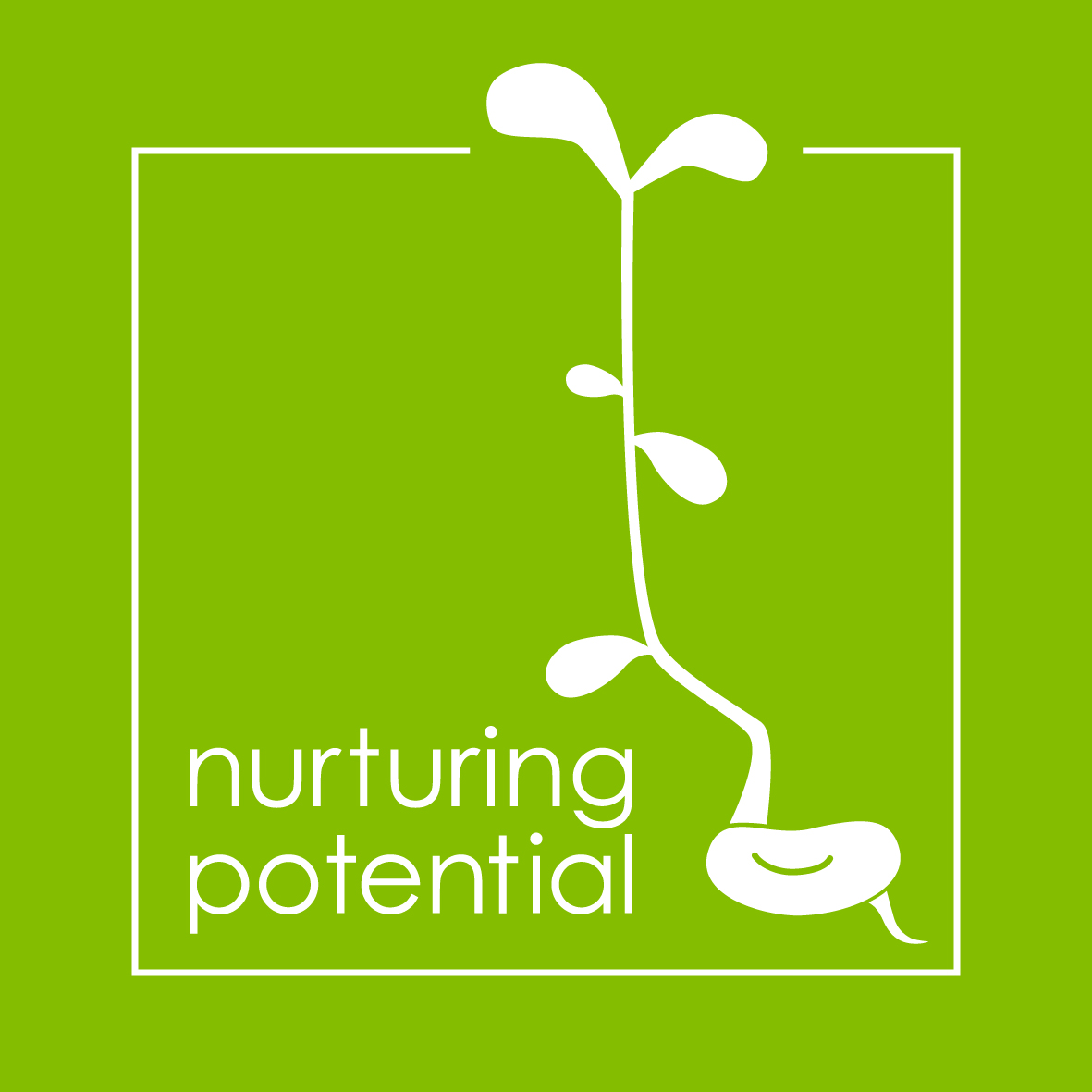October 21, 2022
The Importance of Hands-On Learning

Hands-on learning is a form of education in which children learn by doing. Instead of just listening to a teacher or instructor lecture about a given subject, the student is able to engage with the subject matter to solve a problem or create something. A few examples of hands-on learning include:
- Experimenting as part of science class
- Reenacting a historical event as part of history class
- Solving problems with manipulatives or creating models as part of math class
- Participating in a debate as a part of an English class
Benjamin Franklin once said, “Tell me and I forget, teach me and I may remember, involve me and I learn.” All children learn best by doing. Yes, sometimes this type of learning can be messy, but it is always memorable. We already know that no two students learn in the same way. Ideally, a student’s preferred learning style and interests are considered when designing his or her learning experiences. However, the reality is that this seldom occurs. Hands-on learning can provide opportunities for students to make mistakes safely and learn organically through trial and error. This type of learning also helps instructors recognize and correct mistakes or misunderstandings while the child is actively engaged in the learning process, thereby dramatically reducing the chances of repetitive errors.
Giving children opportunities to use the tools of scientists and to design their own experiments, build, and test their own prototypes, or dissect a preserved specimen is something they are not likely to forget. Through experiences such as these, teachers can teach content, such as the structure and function of living things, but also important process skills that can be applied in many different content areas and situations, such as questioning, estimating, hypothesizing, observing, measuring, recording, comparing, and contrasting, sharing information, evaluating, and reflecting.
Hands-on learning should be part of every unit of study. Each child’s specific needs can be accommodated when it comes to their preferred learning styles and interests, and although such projects or activities challenge traditional classroom instruction, they allow students to move, discuss, interact with, and genuinely engage with the content in the lesson. Rather than students simply waiting for their turn to regurgitate information, students are actively immersed in the materials, techniques, and concepts being taught. Instead of passively listening, students are questioning, collaborating, brainstorming, designing, testing, evaluating, and reflecting. Hands-on learning activities are often what students remember best because of the level of personal engagement.
Hands-on learning presents a way to make learning fun and interesting while encouraging critical thinking, collaboration with others, and creative problem-solving. Teachers and parents should nurture these life skills whenever possible.


Giving children opportunities to use the tools of scientists and actually to design their own experiments, build and test their own prototypes, or dissect a preserved specimen is something they are not likely to forget. Through experiences such as these, teachers are able to teach content, such as the structure and function of living things, but also important process skills that can be applied in many different content areas and situations, such as questioning, estimating, hypothesizing, observing, measuring, recording, comparing and contrasting, sharing information, evaluating and reflecting.
Rather than a learning style alone, hands-on learning should be a functional part of every lesson plan. Barring severe shyness or anxiety, hands-on learning is uniquely positioned to support or elevate any learner. With hands-on learning, each child’s specific needs can be accommodated regarding their learning style. Students who prefer to listen to their lesson can follow along with their teacher, and those that do better with visuals can watch and duplicate the steps to complete the project.
The Benefits of Hands-on Learning

Hands-on learning uproots traditional classroom instruction, allowing students to move, discuss, interact with, and genuinely engage within the lesson. Rather than bored students simply waiting for their turn, students are instead immersed in the task, figuratively getting their hands dirty with the materials, techniques, and concepts being taught. Instead of seeing learning as a chore, the students are listening, taking notes, watching, and engaging. What occurs in hands-on learning is a magical organic experience. Students will retain hands-on learning the same way they remember their visit to a museum. When learning is engaging, the subject matter becomes easier to recall and more enticing to explore.
Hands-on learning presents a way to make learning fun and interesting while encouraging critical thinking, collaboration with others, and creative problem-solving. Teachers and parents should nurture these life skills whenever possible. Imagine this – instead of restless legs and wandering thoughts, your students will remain engaged as they tackle challenges alongside classmates, and each student attempts to be the first to create a result or answer a challenge using their materials.




